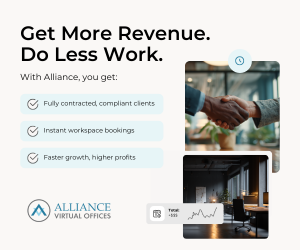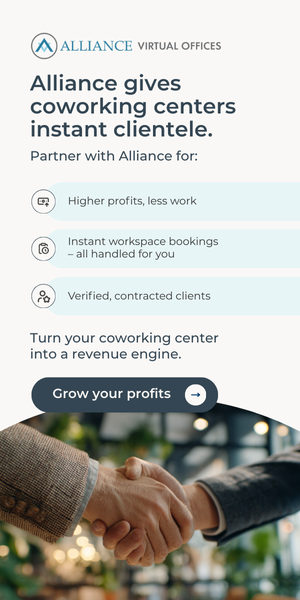Research from Zenbusiness has revealed that 70% of small businesses in the U.S. have at least one employee working from home.
With this comes an understanding that the workforce in 2021 will not be the same as it was in 2019 and even early 2020.
So what can we anticipate for the future of work next year?
For starters, companies will need to put more emphasis on employee health and wellness, which is a critical factor to a productive workforce.
This means learning how to build a better connection with employees, identifying when they are experiencing mental stress and providing them the help and resources to address it.
Additionally, with many employees experiencing remote working arrangements for the first time this year, it is clear that they will want some form of flexibility in the future.
“Today’s forced telework experience provides an opportunity for workers to prove if they can maintain their productivity and responsiveness from home, and an opportunity for employers to learn what type of work can be done remotely, and what is still difficult or impossible,” said Rachel Greszler, a Heritage Foundation labor expert.
Along with the increase in flexibility will be a spike in contract and temporary employees. This helps companies cut costs by not having to commit to long-term benefits packages for workers.
While this could hurt permanent work prospects, it could also provide increased wages that take the place of benefits.


 Dr. Gleb Tsipursky – The Office Whisperer
Dr. Gleb Tsipursky – The Office Whisperer Nirit Cohen – WorkFutures
Nirit Cohen – WorkFutures Angela Howard – Culture Expert
Angela Howard – Culture Expert Drew Jones – Design & Innovation
Drew Jones – Design & Innovation Jonathan Price – CRE & Flex Expert
Jonathan Price – CRE & Flex Expert












